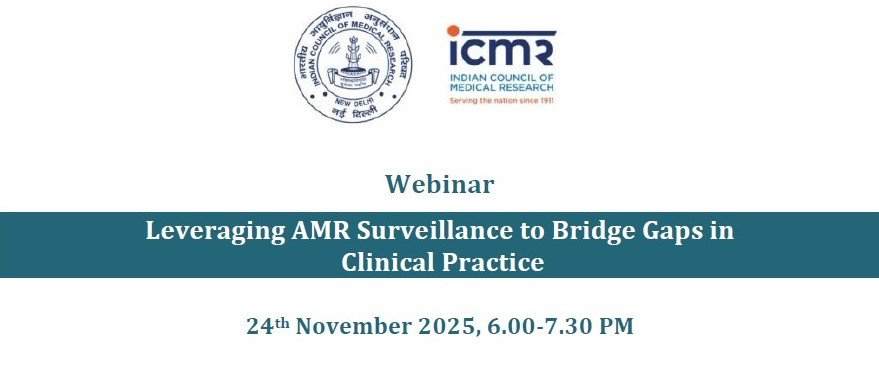Disclaimer: This post is for academic purposes only. Please read the original document if you intend to use them for clinical purposes.
This document summarizes the World Health Organization (WHO) guideline on contact tracing. The guideline is intended to be a “disease-agnostic” resource for contact tracing efforts, applicable in various contexts and settings, and aims to improve outbreak preparedness, readiness, and response strategies.
Themes:
- Disease-Agnostic Approach: A central tenet of the guideline is its intention to be applicable to a wide range of infectious diseases, both known and emerging. This is a departure from previous disease-specific guidance and is designed to provide a foundational framework when detailed information about a pathogen is limited. This guideline does not replace those documents, rather it presents a “disease-agnostic” guideline with recommendations and definitions that will be available in circumstances where disease-specific guidelines are not applicable.
- Standardized Definitions: The guideline emphasizes the importance of common terminology, language, and concepts for effective contact tracing. It provides clear definitions for key terms such as:
- Contact: an exposure to an infectious disease that involves interaction with an infected individual or contaminated environment during a given period and in a manner that makes transmission likely, considering the nature of the disease and the context of the contact.
- Contact person: someone who has been exposed to an infectious disease pathogen through direct or indirect contact with an infectious person. The risk of exposure is determined by factors like mode of transmission, duration of exposure, distance from the infectious person, and the stage and severity of the disease.
- Contact tracing: While not explicitly defined as a single term, the guideline notes that examined definitions share core rudiments of identification, communication, assessment, and support to those people deemed a contact person.
- Intensified contact person identification: in-depth investigations of cases conducted by a public health professional, usually at point of diagnosis or care.
- Passive follow-up: actions that a contact person could undertake on their own initiative, including self-reporting to public health authorities in charge of contact tracing, self-monitoring, and at-home testing (when testing is relevant).
- Test to release: testing to clear contact persons or have a follow-up period end sooner.
- Test to trace: testing to confirm a contact person as a case.
- Conditional allocation: when a transfer (financial and non-financial) is provided to cause an individual person to undertake a specific action or behaviour.
- Unconditional allocation: where a transfer is provided to support people in meeting basic needs without any expected change in behaviour or specific activity to be undertaken.
- Methodology and Evidence-Based Recommendations: The guideline was developed following a rigorous process outlined in the WHO Handbook for Guideline Development. This involved a steering group, a Guideline Development Group (GDG) composed of experts and end-users, and an external review group. A systematic literature review formed the basis for defining key terms and formulating Population, Intervention, Comparator, Outcome (PICO) questions. The Grading of Recommendations, Assessment, Development and Evaluation (GRADE) approach and the WHO-INTEGRATE framework were used to assess evidence and formulate recommendations. The guideline acknowledges that when evidence was scant, GDG members used their professional knowledge and expertise gained from academic and practical experiences garnered throughout their careers. Recommendations are categorized as either “strong” or “conditional.”
- Core Steps of Contact Tracing: The guideline outlines the fundamental steps involved in contact tracing:
- Contact person identification: This involves identifying individuals who have been exposed to an infectious person. The guideline suggests in favour of intensified contact person identification, though this is a conditional recommendation with very low certainty of evidence. Examples of intensified identification include nurse-led management, home or workplace interviews, and having contact tracers present at the point of diagnosis.
- Contact person follow-up and monitoring: This involves monitoring the health status of identified contacts for a specified period. The guideline suggests using active follow-up over passive follow-up, also a conditional recommendation with very low certainty of evidence. Active follow-up can involve direct communication, such as telephone calls or home visits.
- Enabling Factors and Barriers to Uptake: The guideline highlights factors that influence public engagement and adherence to contact tracing efforts, drawing from a systematic review by Megnin-Viggars et al. (2020).
- Enablers: Collective responsibility, personal benefit, co-production of systems, and perception of the system as efficient and reliable.
- Barriers: Privacy concerns, mistrust of the government/public health system, unmet need for information and support, fear of stigmatization, and mode-specific challenges (logistical/technical difficulties, lack of perceived personal benefit).
- Addressing Ethical and Societal Considerations: The guideline stresses the importance of ethical principles, including respect for individual rights and human dignity. Discretion and confidentiality are vital, and measures should be taken to mitigate the risk of stigma associated with being identified as a contact person. The guideline also emphasizes the need for transparency in decision-making and acknowledging uncertainty.
- Role of Financial and Non-Financial Transfers: The guideline discusses the potential use of conditional or unconditional financial or non-financial transfers to support individuals adhering to public health measures. While the evidence on the effectiveness of such transfers in the context of contact tracing is limited and with very low certainty, the GDG acknowledged that transfers could have a positive impact on health equity, equality, and non-discrimination. A key principle supported by the GDG is that no contact tracing measure should cause any member of a society to experience financial hardship. The GDG ultimately chose not to provide a recommendation on the use of transfers due to the lack of strong evidence.
- Measures of Effectiveness and Research Priorities: The guideline identifies the need for developing context-specific benchmarks for measuring the effectiveness of contact tracing strategies. It highlights various metrics, including time from exposure to notification, number of contacts identified per case, and attack rates among different levels of contacts. The guideline also points to the need for more research, particularly on the cost-effectiveness of different strategies, and suggests the inclusion of modelling studies and experts in future guideline updates.
Conclusion:
The guideline on contact tracing provides a foundational, disease-agnostic framework for implementing and improving contact tracing efforts globally. It emphasizes standardized definitions, evidence-based recommendations (while acknowledging limitations in evidence), and the importance of ethical considerations and public engagement. The guideline also highlights key areas for future research and development in contact tracing strategies.
Citation: WHO guideline on contact tracing. Geneva: World Health Organization; 2024. Licence: CC BY-NC-SA 3.0 IGO.









